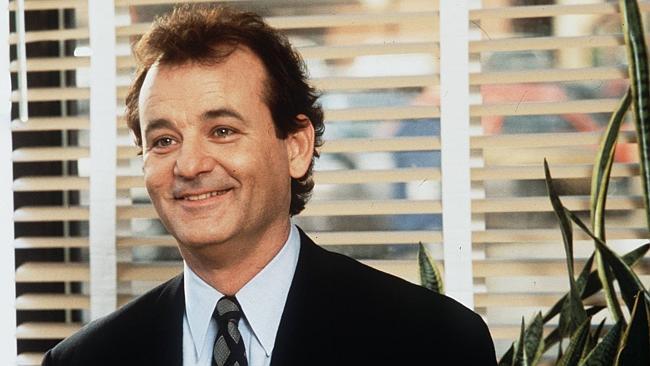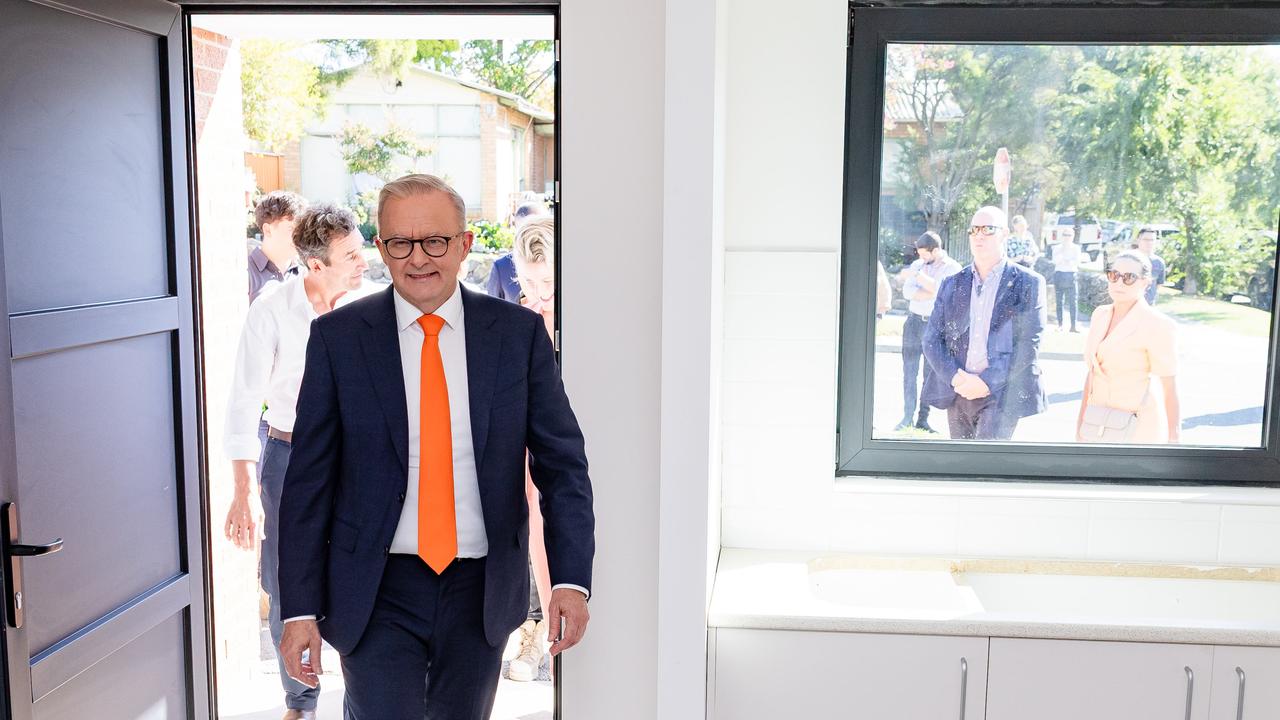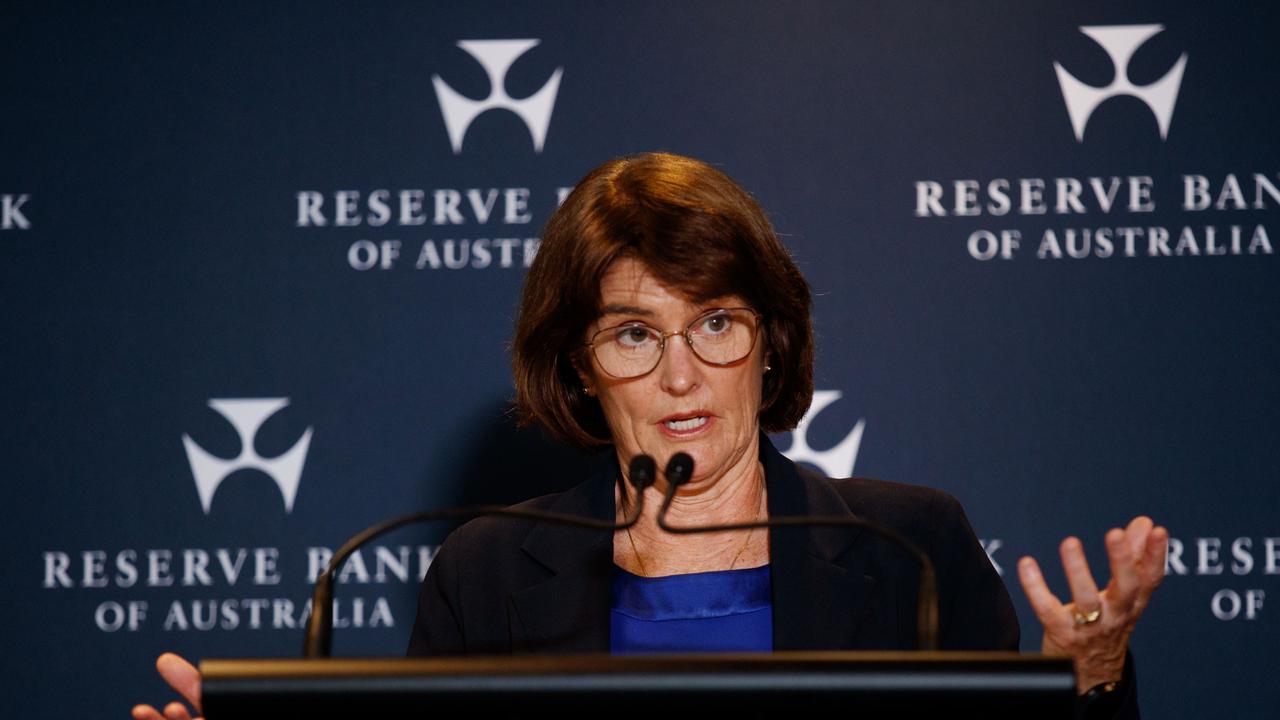RBA minutes: Rates to stay low despite housing surge
IF YOU’RE familiar with the movie Groundhog Day, you’ll totally get what’s just happened with interest rates in Australia.

Interest Rates
Don't miss out on the headlines from Interest Rates. Followed categories will be added to My News.
THE Reserve Bank groundhog has emerged from its month-long hibernation and seen its shadow. No rate rise, everybody. Back to sleep.
The RBA intends to keep the cash rate at its record low for the foreseeable future despite a big surge in housing investment.
The minutes of the RBA’s October board meeting showed members were concerned that increased competition among lenders could result in the issuing of riskier loans.
The RBA said interest rates for loans edged lower in recent months as competition among lenders increased.
“In this context members discussed the importance of lender maintaining strong lending standards,” the RBA said on Tuesday.”
The RBA last cut the cash rate by a quarter of a percentage point to a new record low of 2.5 per cent at its August 6 board meeting in 2013.
A week before its last meeting in early October, the Reserve Bank suggested lending standards should be toughened up to slow the rapid housing price rises in Sydney and Melbourne.
The RBA’s minutes on Tuesday said dwelling investment rose by more than eight per cent in 2013/14 and is expected to strengthen in coming months, with loans for housing investors is outstripping those made to owner occupiers.
“Dwelling investment had picked up and is expected to remain strong following the rapid rise in housing prices and higher levels of approvals,” the RBA said.
Credit growth had remained moderate overall but in recent months there had been a further pick up in lending to investors.
The minutes also showed the RBA believes the Australian dollar still needed to fall further despite losing more than six per cent in value during September.
The RBA said that fall was mostly due to a rally in the US dollar against most major currencies.
“The recent depreciation followed a period when the Australian dollar had held up against the US dollar more than most other currencies, and meant that the Australian dollar was now around its January low against the US dollar,” the RBA said.
“The exchange rate remained high by historical standards — particularly given the decline in commodity prices — and was offering less assistance than would normally be expected in achieving balanced growth in the economy.”
Originally published as RBA minutes: Rates to stay low despite housing surge


